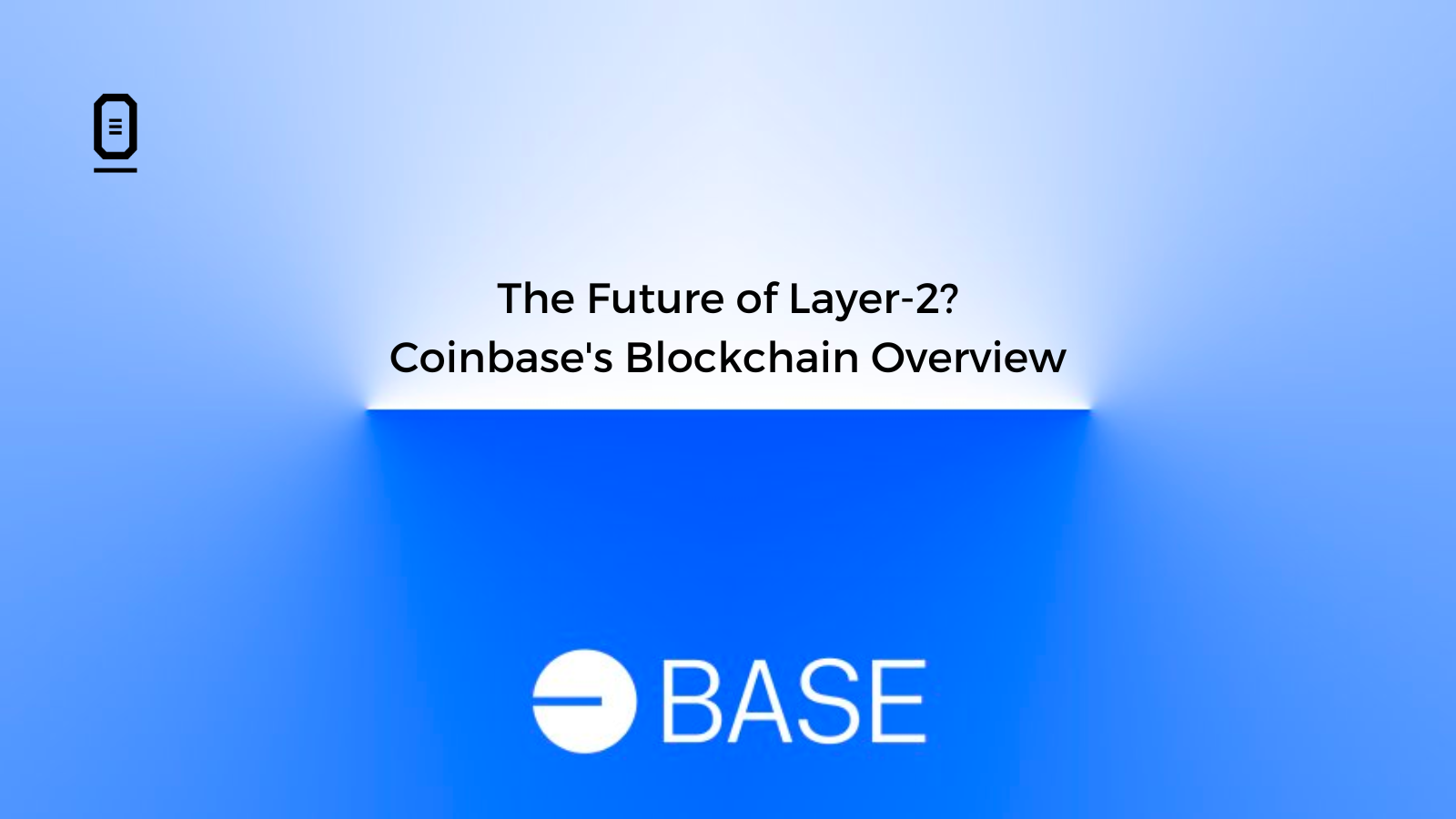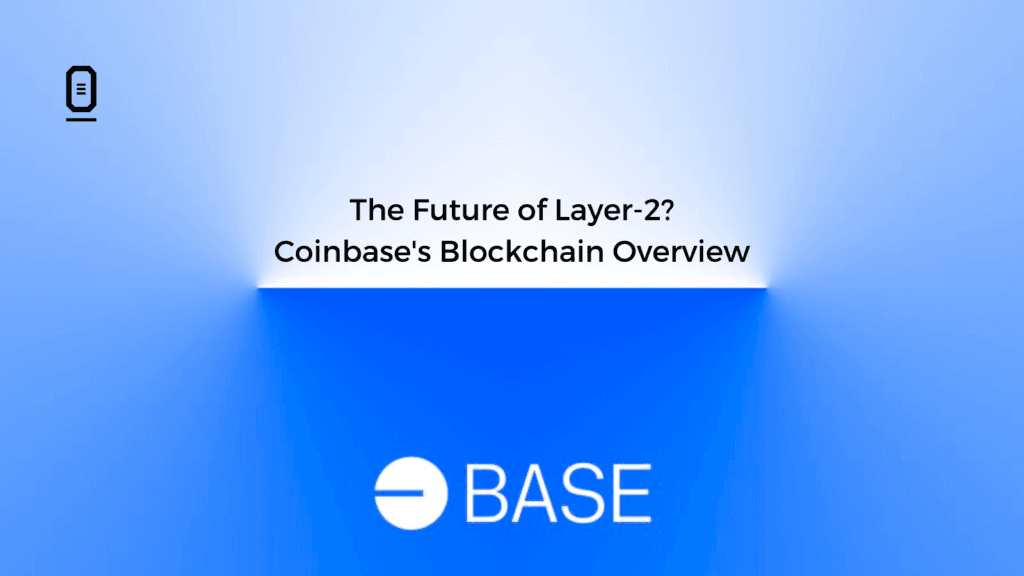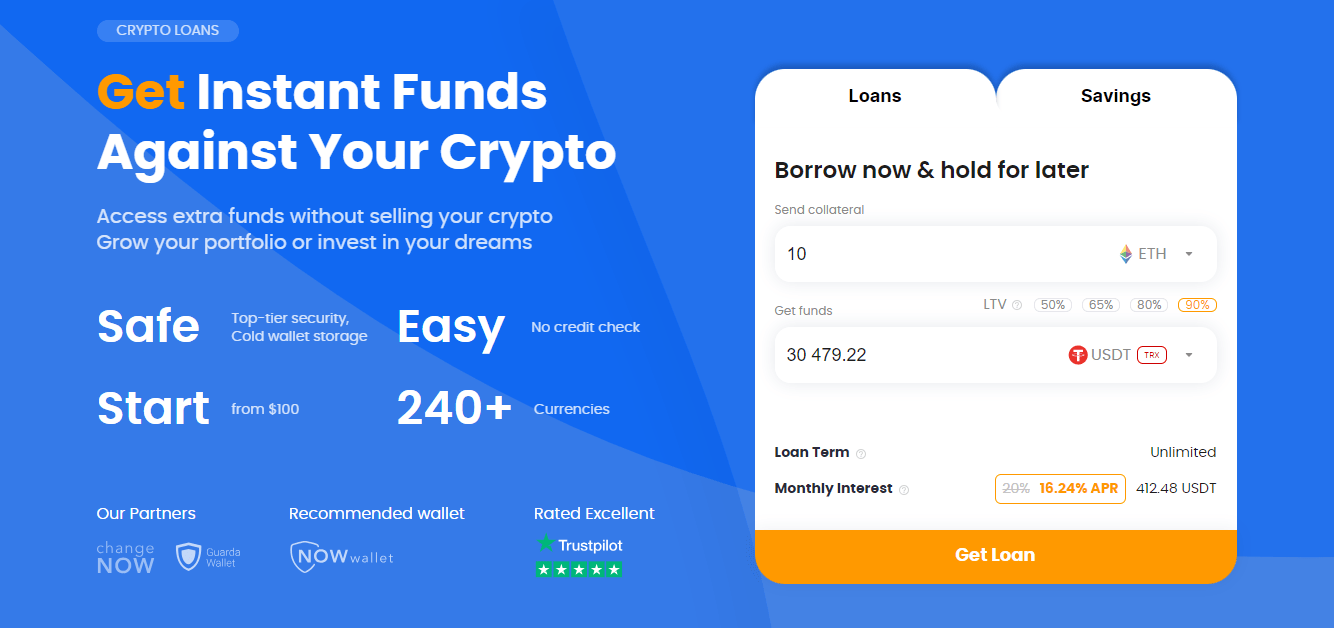

Layer 2 blockchains are revolutionizing the Ethereum ecosystem by addressing scalability and transaction cost issues. As the demand for blockchain applications grows, Layer 2 solutions like Optimism, Arbitrum, and zkSync are becoming pivotal in the crypto landscape. Each of these solutions offers unique advantages, and understanding their future potential can provide valuable insights into the next phase of blockchain technology.
What Are Layer 2 Blockchains?
Layer 2 blockchains are secondary frameworks built on top of the main Ethereum blockchain (Layer 1) to enhance its scalability, speed, and cost-efficiency. They operate by processing transactions off the main chain while leveraging Ethereum’s security. This approach reduces congestion on the main chain and lowers transaction fees, making blockchain applications more accessible and practical for users.
Optimism: Scaling Through Optimistic Rollups
Optimism uses a technology known as Optimistic Rollups to scale Ethereum. This method allows for faster and cheaper transactions by bundling multiple transactions into a single batch and processing them off-chain. The transactions are then submitted to Ethereum as a single proof.
Future Prospects:
- Enhanced Integration: Optimism is focused on integrating with more decentralized applications (dApps) and protocols. This broader integration will facilitate seamless user experiences and expand the use cases for Layer 2 solutions.
- Network Upgrades: The team behind Optimism is working on improving the network’s efficiency and scalability. Future upgrades aim to reduce transaction fees further and increase transaction throughput, addressing some of the current limitations.
- Ecosystem Growth: Optimism is fostering a growing ecosystem of projects and developers. As more projects adopt Optimism, it will contribute to Ethereum’s overall scalability and efficiency, enhancing the network’s utility.
Arbitrum: Leveraging Rollups for Enhanced Performance
Arbitrum is another Layer 2 solution that utilizes Rollups, specifically Arbitrum Rollups, to improve Ethereum’s scalability. Like Optimism, Arbitrum processes transactions off-chain but uses different techniques to ensure security and efficiency. It maintains compatibility with existing Ethereum smart contracts and developer tools, making it a flexible choice for many projects.
Future Prospects:
- Increased Throughput: Arbitrum is designed to handle a high volume of transactions with low latency. Future improvements will focus on further increasing throughput and reducing fees, making it an attractive option for high-traffic applications.
- Expansion of Use Cases: Arbitrum is actively working on expanding its use cases beyond DeFi to include gaming and NFTs. As it supports a wider range of applications, it will become a more versatile tool within the Ethereum ecosystem.
- Cross-Chain Compatibility: Arbitrum aims to enhance interoperability with other blockchain networks. This cross-chain capability will allow users to interact with multiple blockchains seamlessly, expanding the possibilities for decentralized applications.
zkSync: Zero-Knowledge Proofs for Scalable Transactions
zkSync is a Layer 2 solution that employs zero-knowledge rollups (zk-rollups) to provide scalability. zk-rollups use cryptographic proofs to bundle multiple transactions into a single batch while maintaining data integrity and security. This method offers significant improvements in transaction speed and cost-efficiency.
Future Prospects:
- Scalable Solutions: zkSync is at the forefront of using zero-knowledge proofs to achieve high scalability. Future developments will focus on optimizing these proofs to handle even more transactions at a lower cost, making zkSync an essential tool for scalable blockchain solutions.
- Ecosystem Expansion: zkSync is working on expanding its ecosystem by integrating with various DeFi platforms, NFT projects, and other blockchain applications. This growth will enhance its utility and adoption across different sectors.
- User Experience Enhancements: zkSync aims to improve the overall user experience by reducing latency and transaction costs further. As these enhancements are implemented, users can expect faster and more cost-effective transactions.
The Future is Now!
The future of Layer 2 blockchains is bright, with Optimism, Arbitrum, and zkSync leading the charge in scalability and efficiency. Each solution offers unique advantages and is poised to address different aspects of blockchain challenges. As these technologies continue to evolve, they will play a crucial role in the growth and adoption of decentralized applications, making blockchain technology more accessible and practical for users worldwide.
FAQs
1. What is the main advantage of Layer 2 blockchains?
Layer 2 blockchains enhance Ethereum’s scalability, reduce transaction fees, and improve processing speeds by handling transactions off the main chain.
2. How does Optimism work?
Optimism uses Optimistic Rollups to bundle transactions off-chain and submit them to Ethereum as a single proof, reducing costs and improving efficiency.
3. What makes Arbitrum different from Optimism?
Arbitrum also uses Rollups but employs different techniques for security and efficiency. It supports a wide range of applications and focuses on high throughput and low latency.




